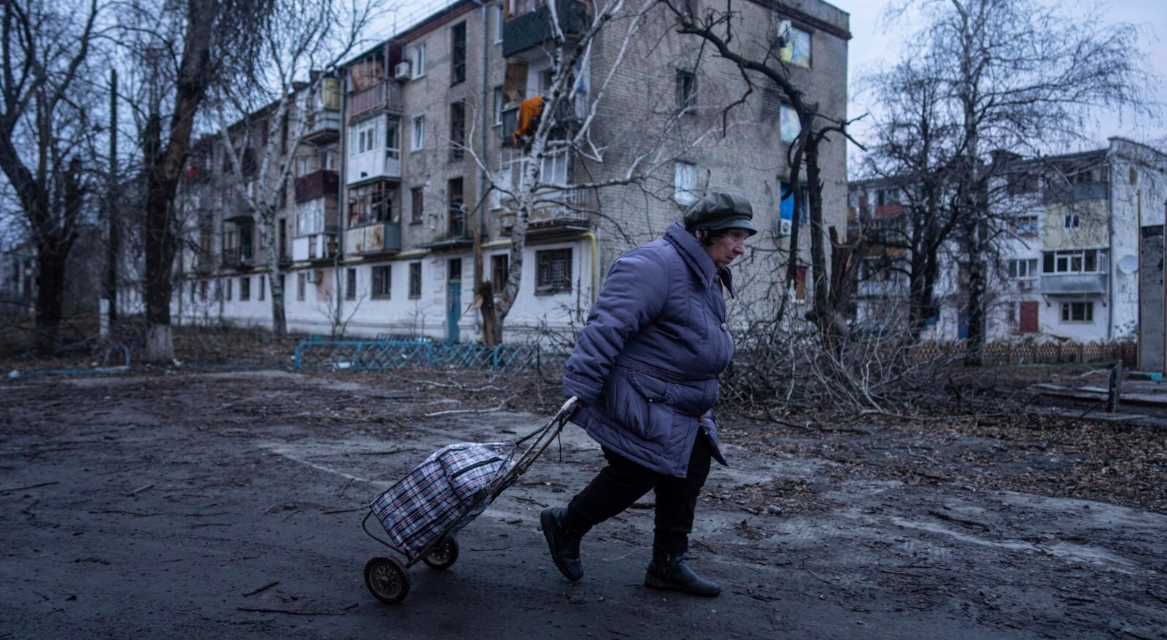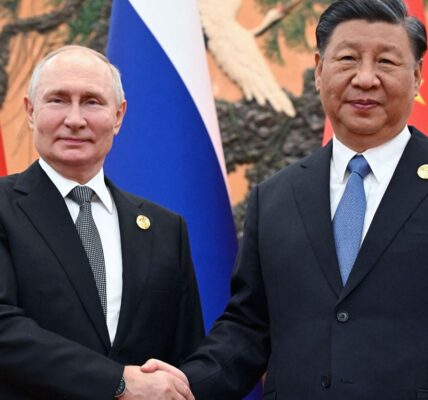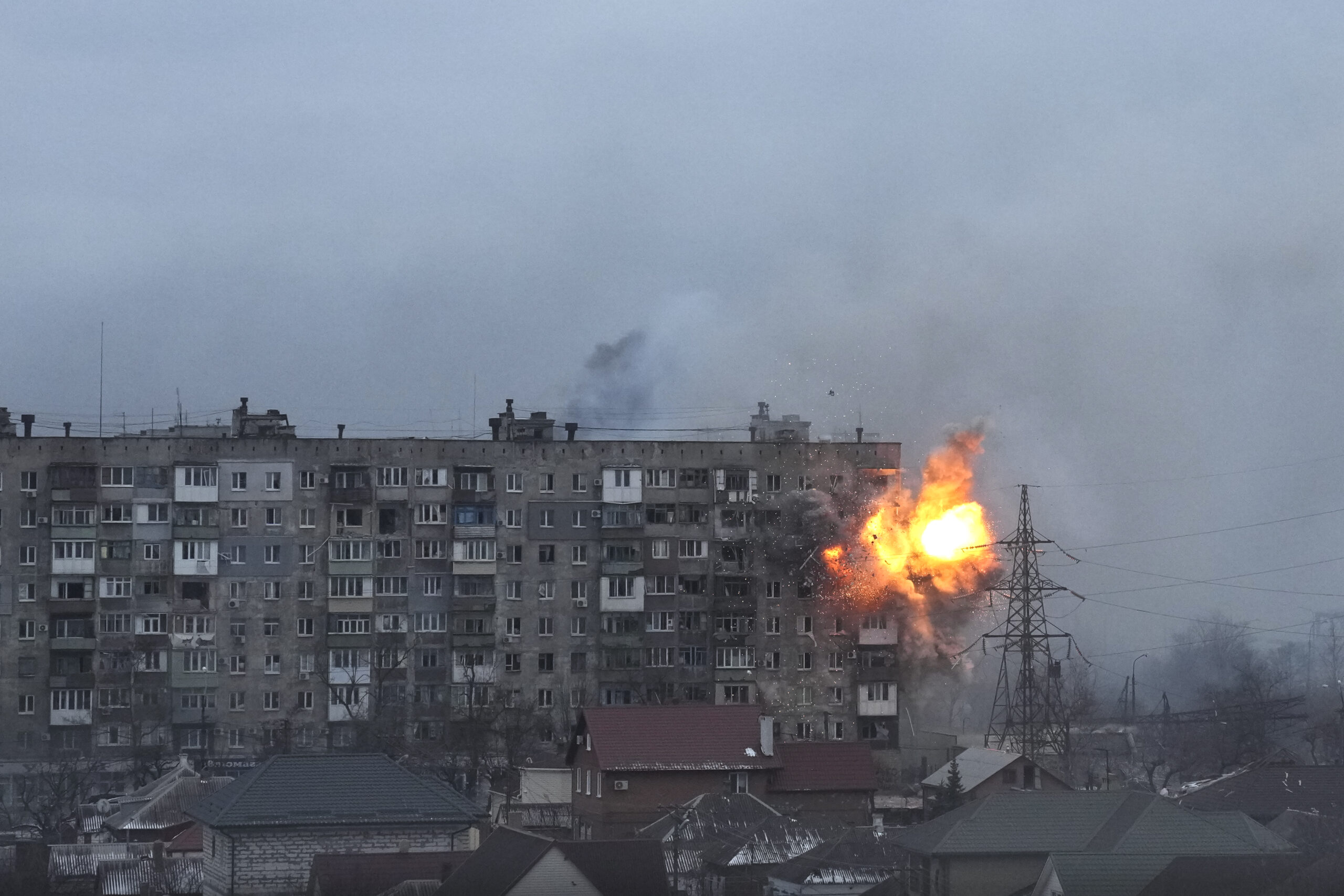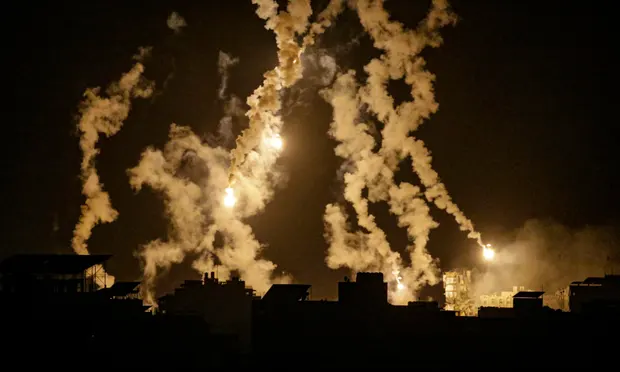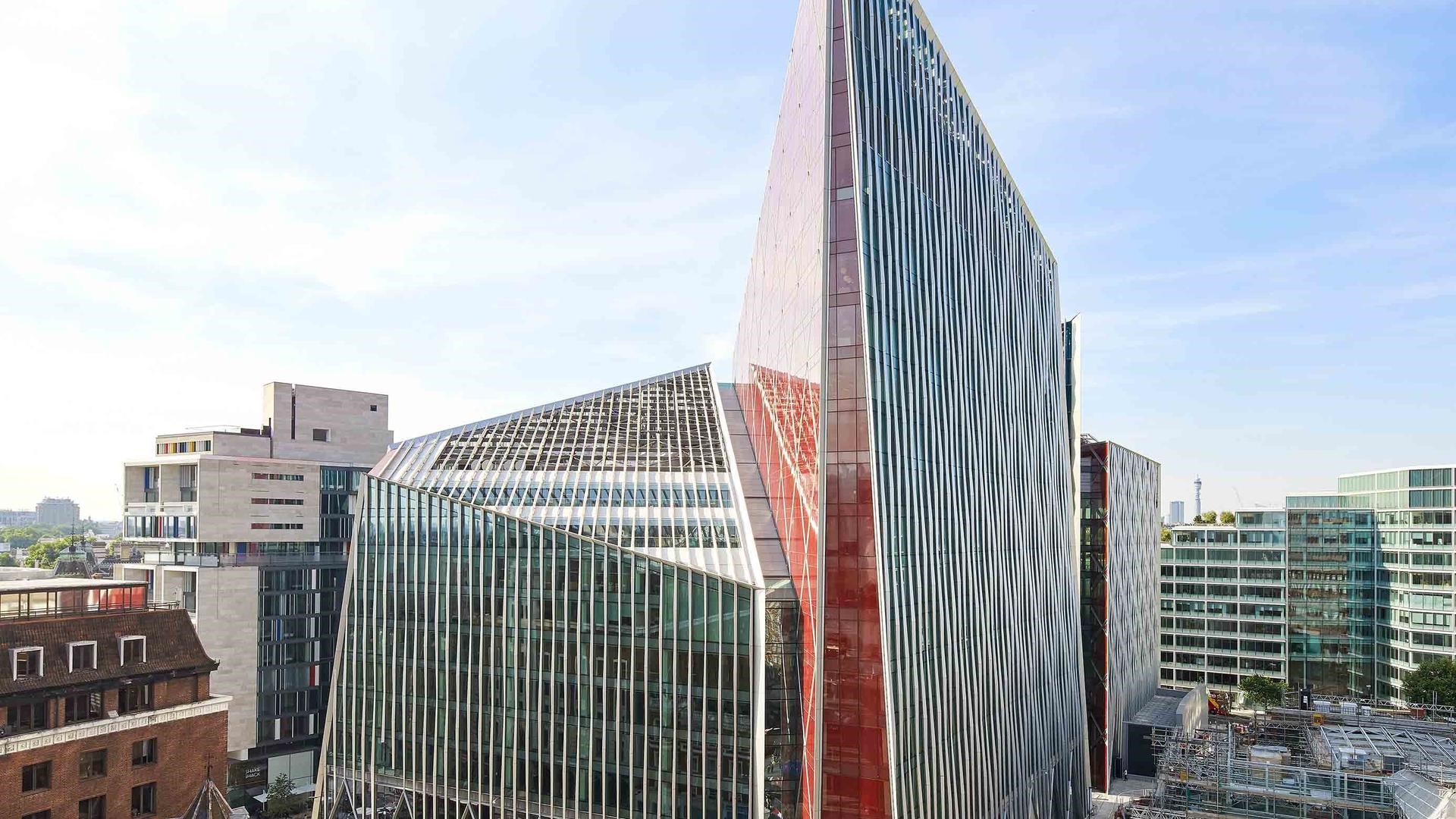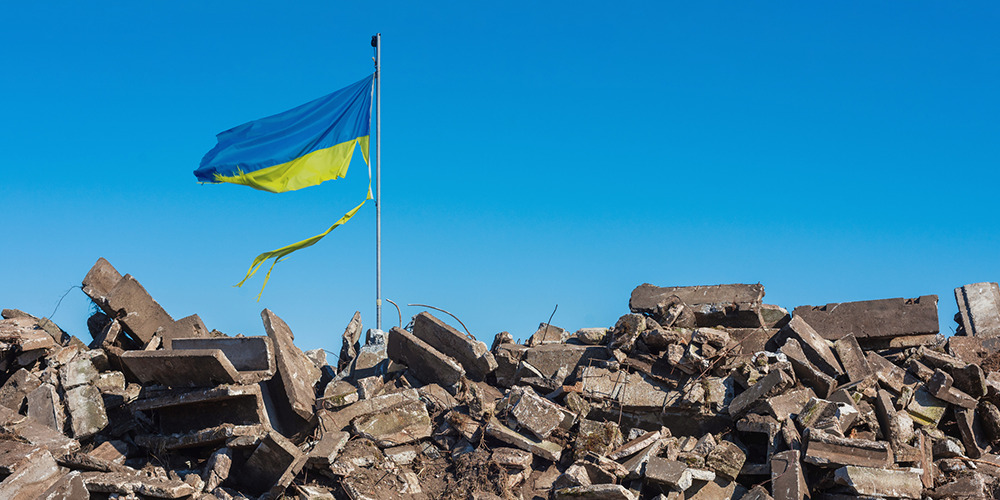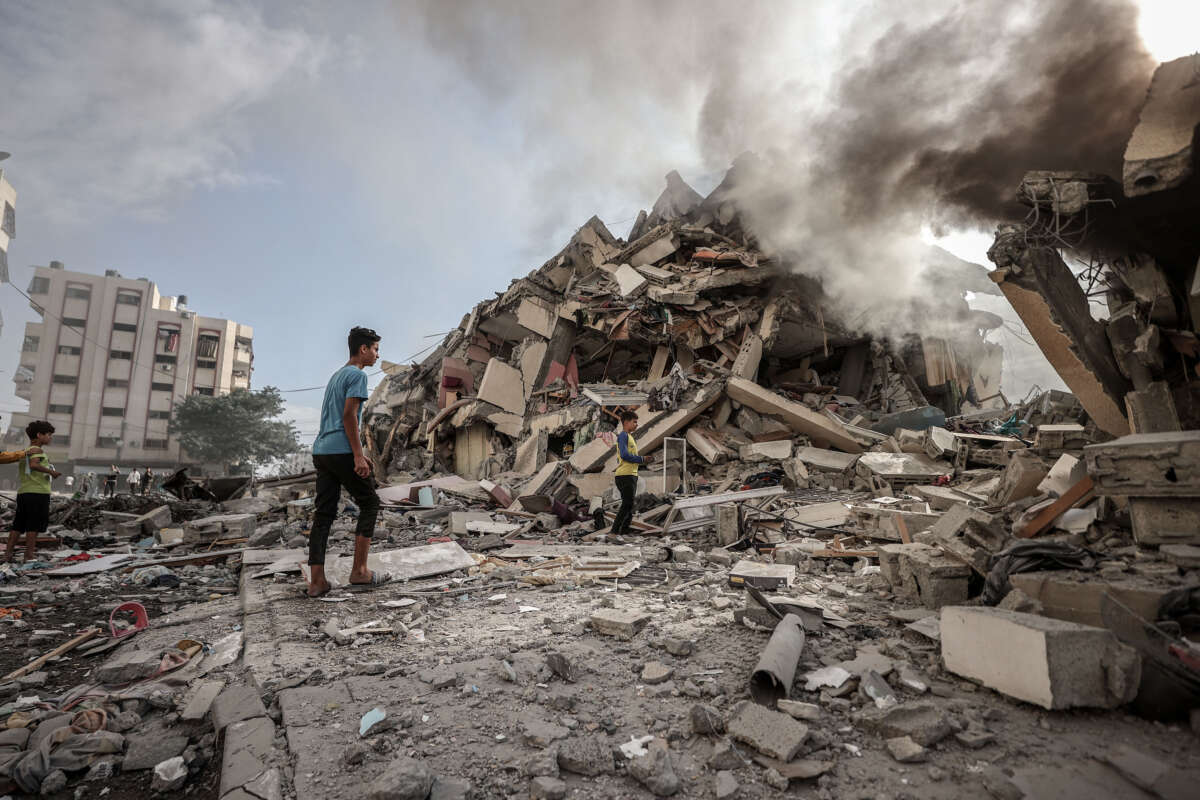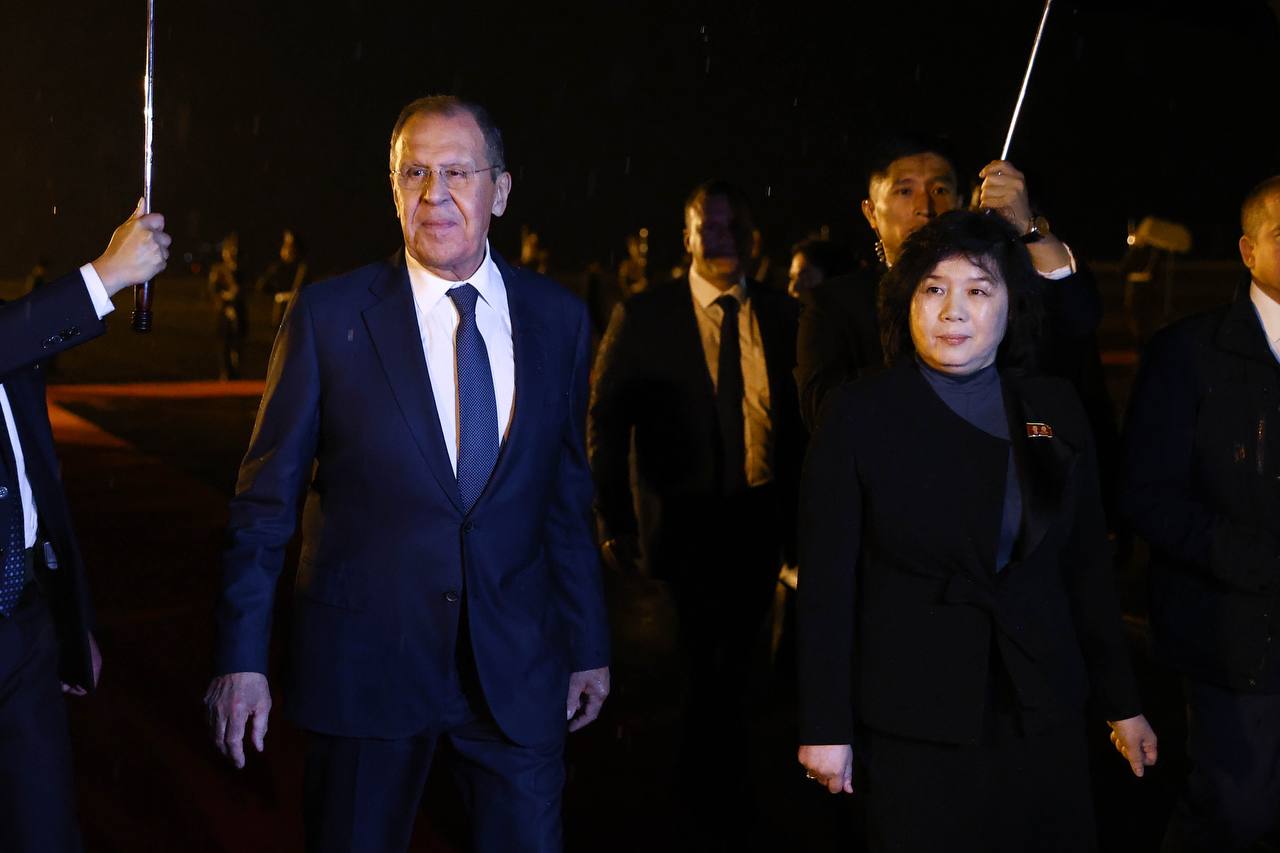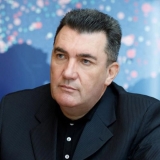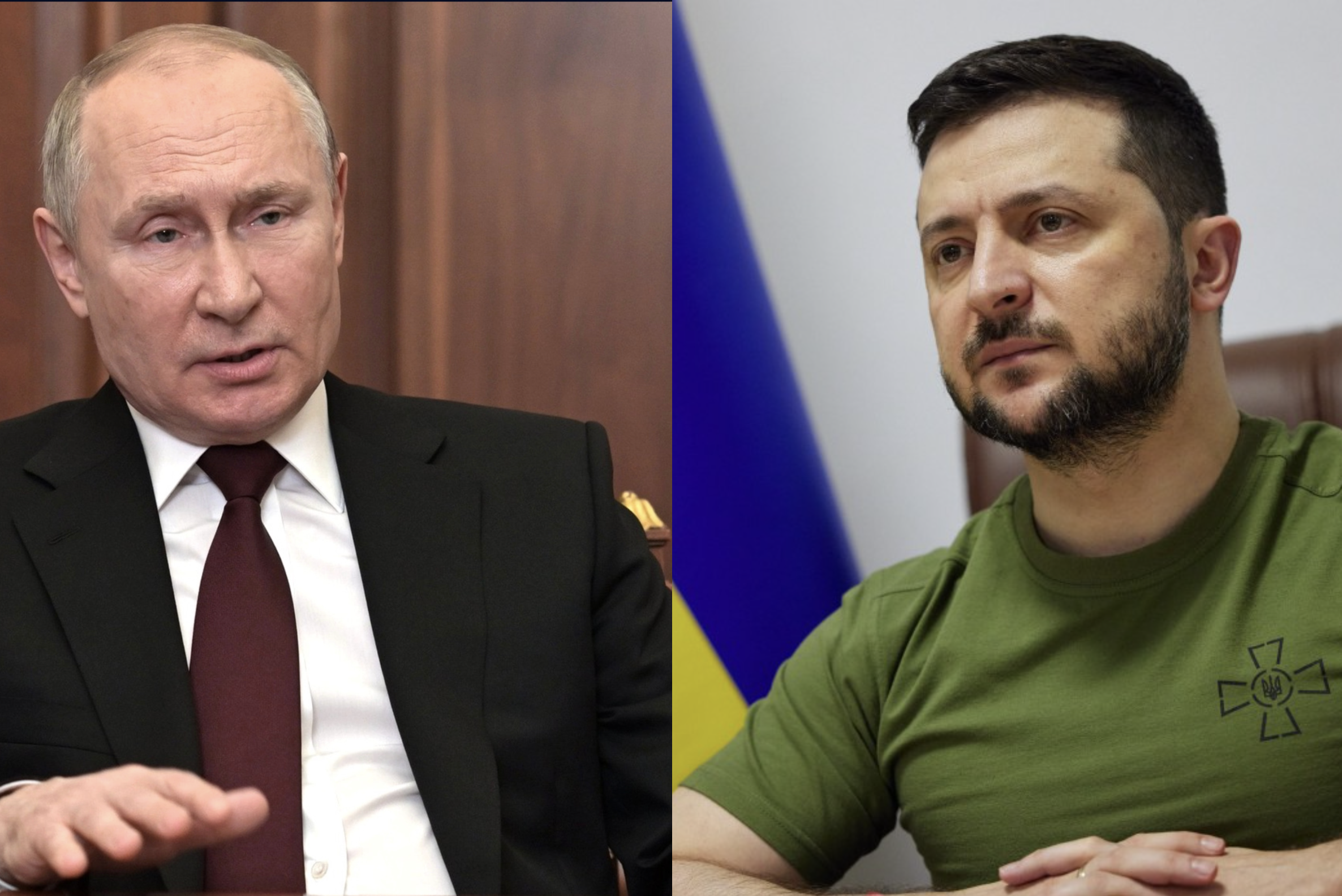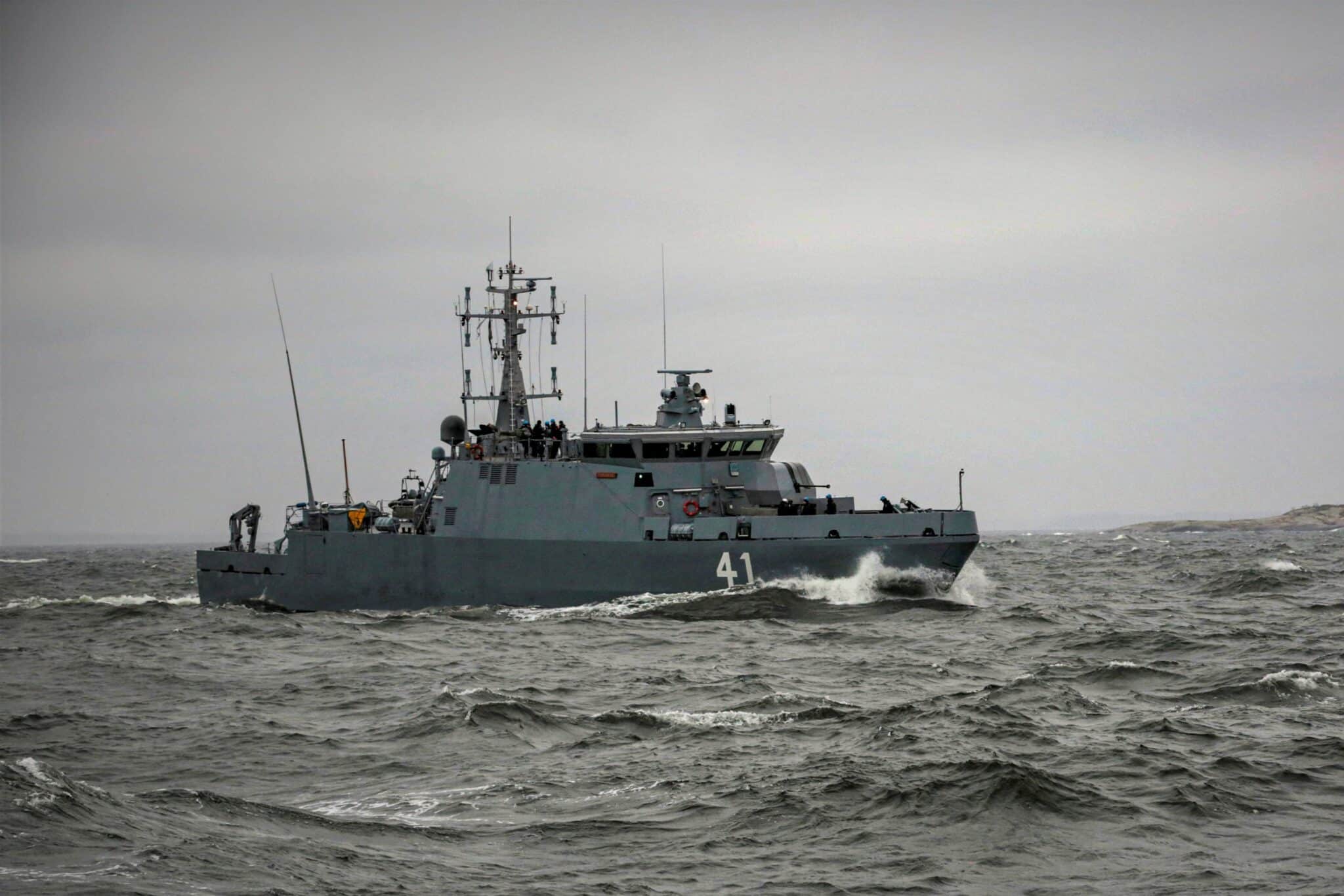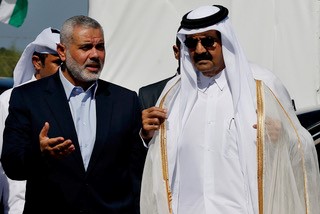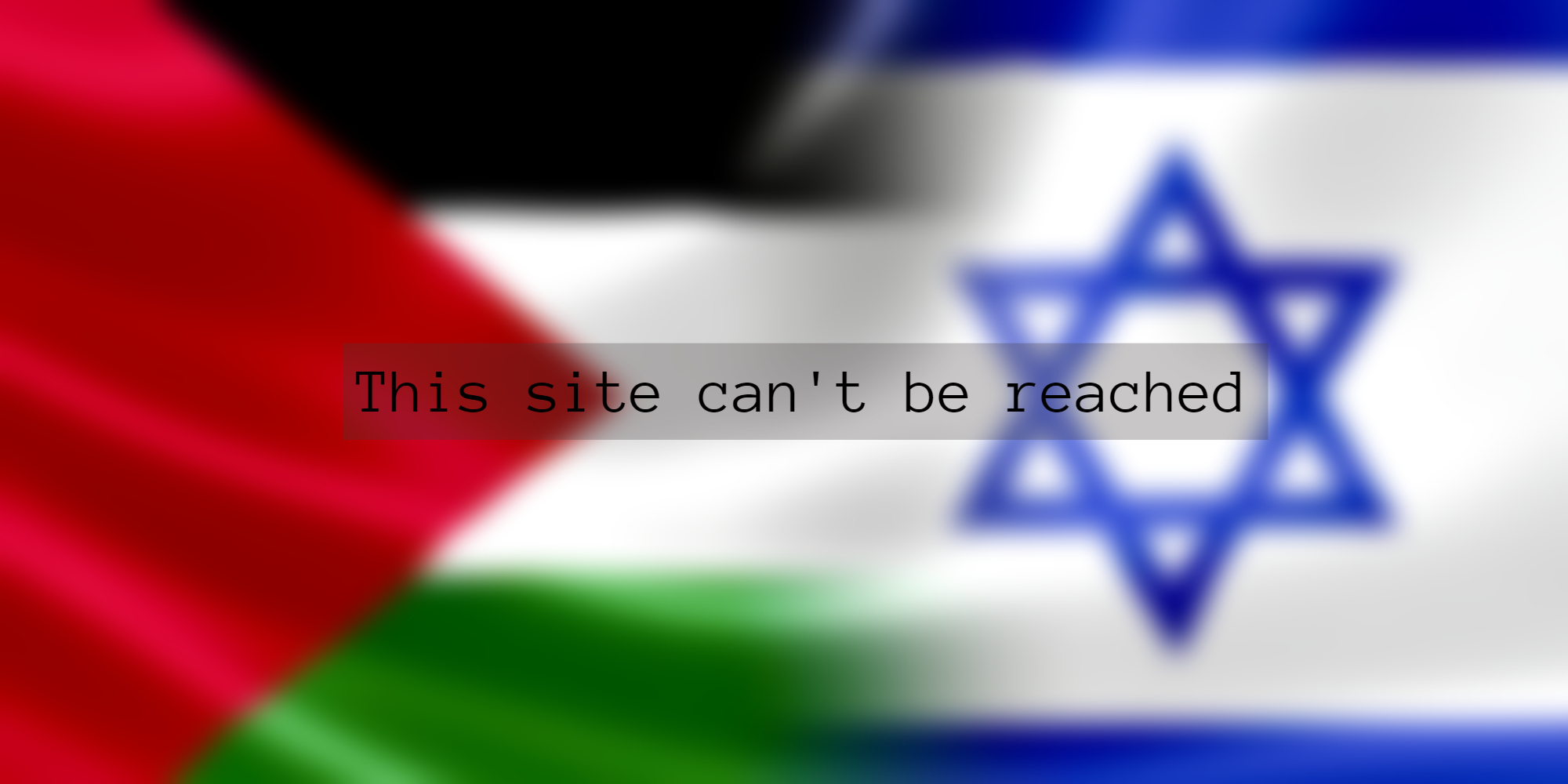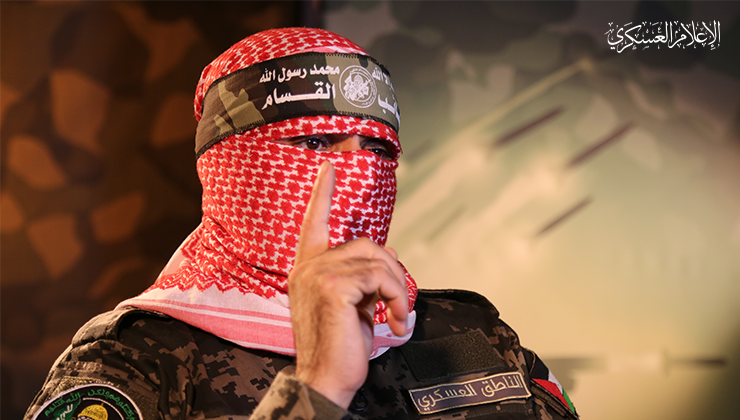Accessing EU correspondence, targeting US tech firms operating in the South, and infiltrating UK companies in Northern Ireland and mainland Great Britain, former military intelligence officer Philip Ingram explains why Russian spies have been in the news in Ireland, and how it has long been in the sights of Vladimir Putin and his predecessors.
An anonymous security source made headlines across Ireland last month when they were quoted as saying there could be as many as 40 undercover Russian spies hiding in the general population. Not long before this revelation it was announced that four senior Russian embassy staff were politely but firmly told to leave the Emerald Isle for good.
“Their activities have not been in accordance with international standards of diplomatic behaviour”, Foreign Minister Simon Coveney said in a statement. That’s diplomatic speak for you have been spying on us and have gone too far with it.
The immediate and very pressing question being posed is: what are the Russians up to? But before I answer that below, let me first pose another question of my own: why were the media told there were only 40?
The RAND National Security Research Division (NSRD) conducts research for governments and private foundations across the globe and is recognised for its independence.
In a 2021 report entitled Russia’s Means of Global Influence, it laid bare how under Putin in particular, it has aggressively interfered with other states around the globe.
“Russia seeks to influence global and regional policy through arms sales, the use of private military contractors, political interventions, social media and disinformation campaigns, and military force,” it said.
This had, it said, manifested in Russia’s conflict with the Ukraine, interference in the US 2016 presidential election, poisonings of individuals who have spoken out against its regime, and shielding the Syrian government from international criticism over its use of chemical agents against its own people.
However, the question remains: why Ireland? And perhaps also, why now?
It is a neutral country that is not part of the NATO alliance, but is part of the EU, with a defence force that is tiny but deployed to some of the more volatile regions in Africa, the Middle East and the Balkans on EU or UN missions and almost non-existent intelligence agencies.
Russia has the second largest staff in the embassy in Dublin of all diplomatic missions, sitting just behind the US embassy.
US interest in Ireland is easily explainable through wider Irish-American connections.
There isn’t the same Irish-Russian diaspora, something else must be generating that need for Russian diplomatic interest that was planned to grow pre-Russia’s reinvasion of Ukraine in February.
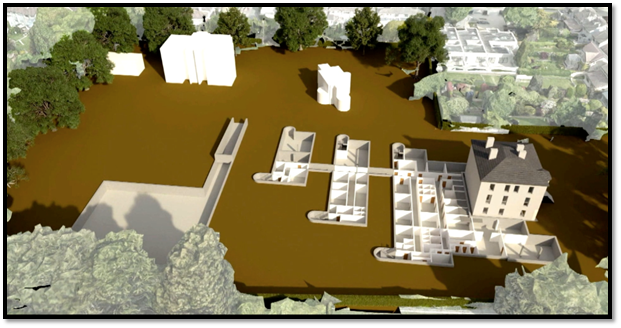
Russia has been trying since 2015 to get plans for extensive building work expanding its embassy in Dublin.
In March 2020, the embassy applied to expand its footprint on its Orwell Road site to four times its existing size, add two accommodation blocks, and add a major underground subterranean complex.
Speculation by the Irish state broadcaster RTE, last year suggested the purpose was to grow their intelligence staff: staff from the SVR, the Russian foreign intelligence service; and likely the GRU or First Directorate, their military intelligence organisation, accused of the novichok attack in the English city of Salisbury on the former Russian intelligence officer and British spy, Sergei Skripal, and his daughter Yulia in March 2018.
Ireland’s housing minister Eoghan Murphy quietly signed an order revoking part of the embassy’s planning permission.
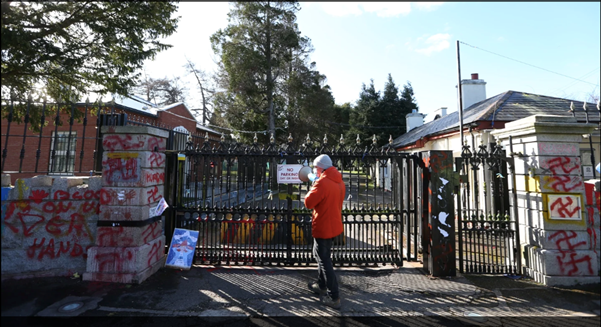
The Russian embassy, which has been the subject of protests in Dublin by those opposed to the Ukraine war.
The development was, according to the order, “likely to be harmful to the security and defence of the State and the State’s relationships with other states.”
The key words that come out of the RAND report that generate Russia’s interest in Ireland are “influence policy and political interventions.” When it comes to Russia’s global influence on operations, it looks for boundaries: internal political boundaries, international boundaries that are different to the norm, and it then uses its machinery of state to influence and widen any crack in these boundaries it can find.
To understand what draws Russia to Ireland we need to look to geography, history, and current alliances. Ireland has all of the conditions Russia likes to exploit.
Geographically isolated from the rest of the EU, especially post-Brexit, the Irish Atlantic coast is crisscrossed with undersea communications cables and an undersea geography ripe for submarines to hide and monitor NATOs Atlantic seaboard from a neutral country’s area of responsibility, a country with zero anti-submarine capability.
In addition, many of the subsea cables come onshore in Ireland, and are ripe for physical access.
However, a more important geographical feature is that it has a land border with the UK and that border has no restrictions when it comes to the movement of people. It is an easy route for undeclared intelligence officers and recruited spies to enter the UK.
History pays a critical role and historical alliances are manipulated to create division within the UK and between Britain and the EU today.
As Ireland celebrates 100 years of independence, Russian influence has continued for each of these 100 years.
Emmet O’Connor of the University of Ulster, in a 2003 article, entitled Communists, Russia and the IRA, 1920-1923, outlined how, “From 1920 to the end of 1922, communists in Ireland hoped to offset their acute marginality through the republican movement.”
That part of the Republican movement was anti the treaty that enabled Northern Ireland to remain part of the UK.
O’Connor continued, saying, “Civil war, the communists held, would push the IRA into this traditional separatist fall-back position and transform the fortunes of their tiny party.” This created a “crack” in a new country, a perfect opportunity for Russia to try and influence.
This was the beginning of a new era of cooperation between Russia and the still dissident Irish Republican movement.
According to the History Ireland website and published in 2009, “In the summer of 1925, just two years after the IRA’s defeat in the Civil War, the organisation sent a delegation to Moscow to solicit finance and weaponry from the Soviet Union.” A secret agreement involving Stalin himself was agreed.
History Ireland goes on to say, “The IRA was in contact with Red Army intelligence officers in London and New York. The IRA’s senior officer in London passed along military intelligence, including specifications of British submarine detection sonar and aeroplane engines for bombers, military journals and manuals, and gas masks. In addition, he arranged false passports for Soviet agents.”
The report added: “It was in New York, however, that the Soviets got the most valuable information, from an IRA agent whose sources likely included serving members of the US military.” US military secrets were allegedly procured by Irish Republican agents for the Soviets.
In January 1962, Ireland began a temporary, year-long membership of the Security Council of the United Nations. This was the year that Kennedy confronted Khrushchev in what is now known as the Cuban Missile Crisis. The Irish delegation emphasised its support for Kennedy’s position; Ireland’s position on the world stage had been cemented. As well as limited but ongoing support for the dissident elements of the Republican movement, Russia sought to open more formal diplomatic relations with Ireland.
According to Eoin Kinsella, of the Royal Irish Academy, in an article for RTE, “In early 1965, the first secretary at the Irish embassy in London, Andrew O’Rourke, was invited to lunch by Vyacheslav Dolgov, an attaché in the Soviet embassy’s political section.”
O’Rourke reported that Dolgov repeatedly emphasised Moscow’s interest in developing deeper relations with the Irish government and hinted at their willingness to see a diplomatic mission established in Moscow.
O’Rourke responded, as was often the case, “that as a small nation Ireland could not maintain a diplomatic presence in every country.” It wasn’t until 1973 that the two countries exchanged ambassadors.
Reports headlined ‘The Troubles’ and after the signing of the Good Friday agreement, continued to suggest Russian involvement in destabilising Northern Ireland, keeping the North-South fissures live.
The Irish Times in 2002 published, “IRA bought arms in Russia last year – report pressure is mounting on Sinn Fein after a report the IRA had been secretly buying weapons while publicly decommissioning.”
This is typical Russian playbook activity to maintain division and create opportunities for exploitation.
Russia’s widely reported long-term objective for geopolitical influence is to weaken NATO and the EU.
Influential elements in Ireland have had an interesting relationship with Moscow for years and Ireland has a very small counterintelligence capability embedded in the Garda Síochána, the local police. A perfect operating environment.
Ireland is an opportunity not to be missed, an EU geographical anomaly, physically tied to one of NATOs main contributors, the UK, and with the ability to cross between the two with no border checks.
This was perfect, not for declared intelligence officers, as every embassy has these, but undeclared intelligence officers and their reason for being there, the agents or spies in organisations they run.
Spies are tasked to gain access to EU correspondence, to big tech, especially US big tech which has enjoyed a surge in operating from Ireland because of favourable tax breaks and spies able to infiltrate UK companies in Northern Ireland and on mainland Great Britain. It is these that make the 40 number originally mentioned seem on the small side.


